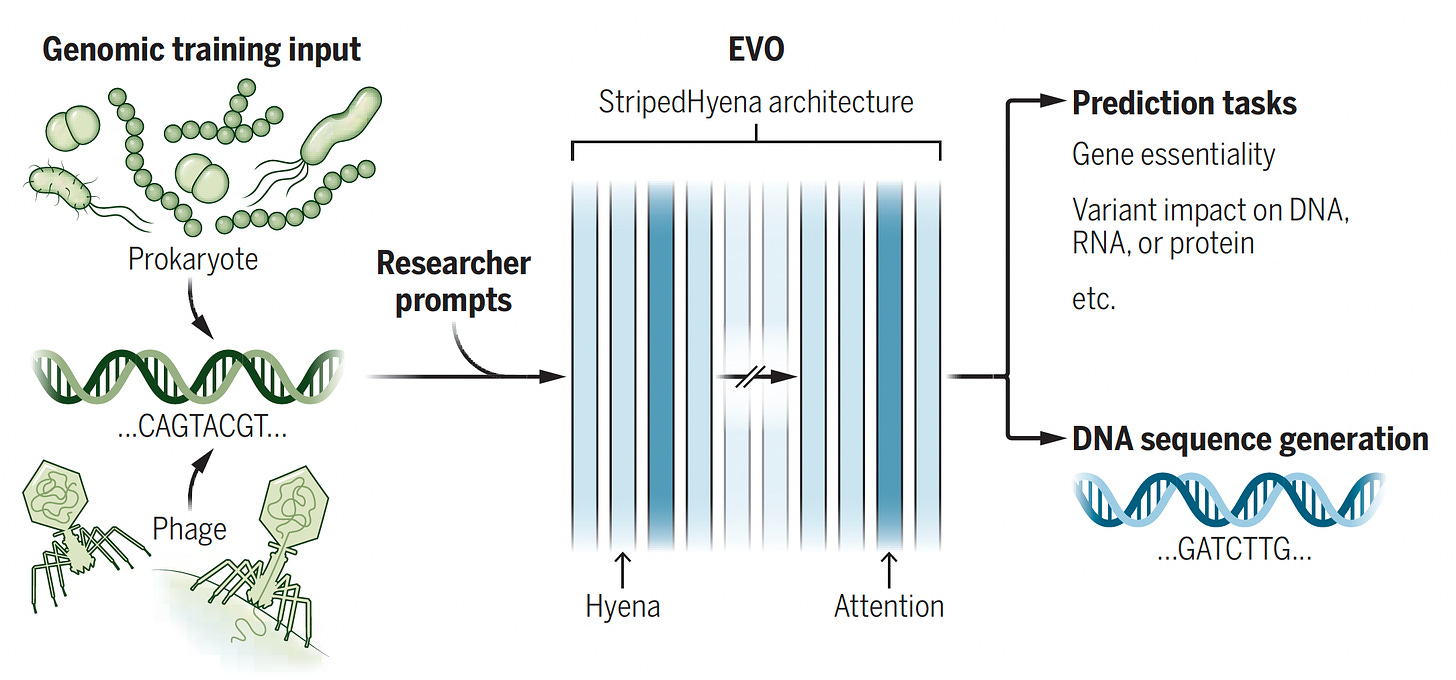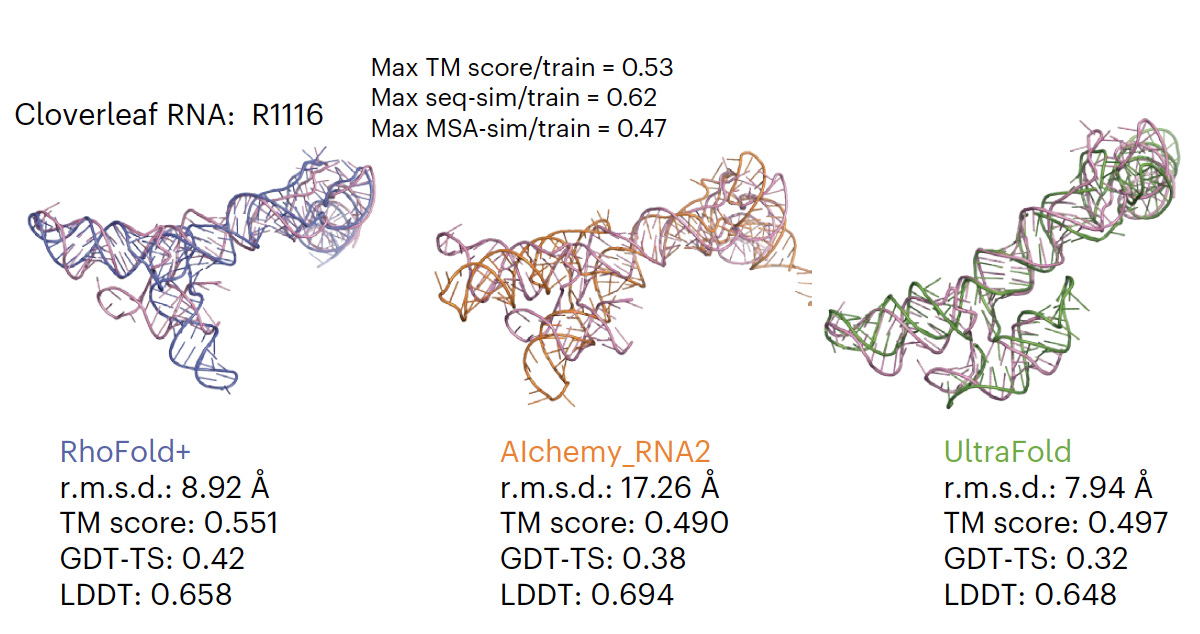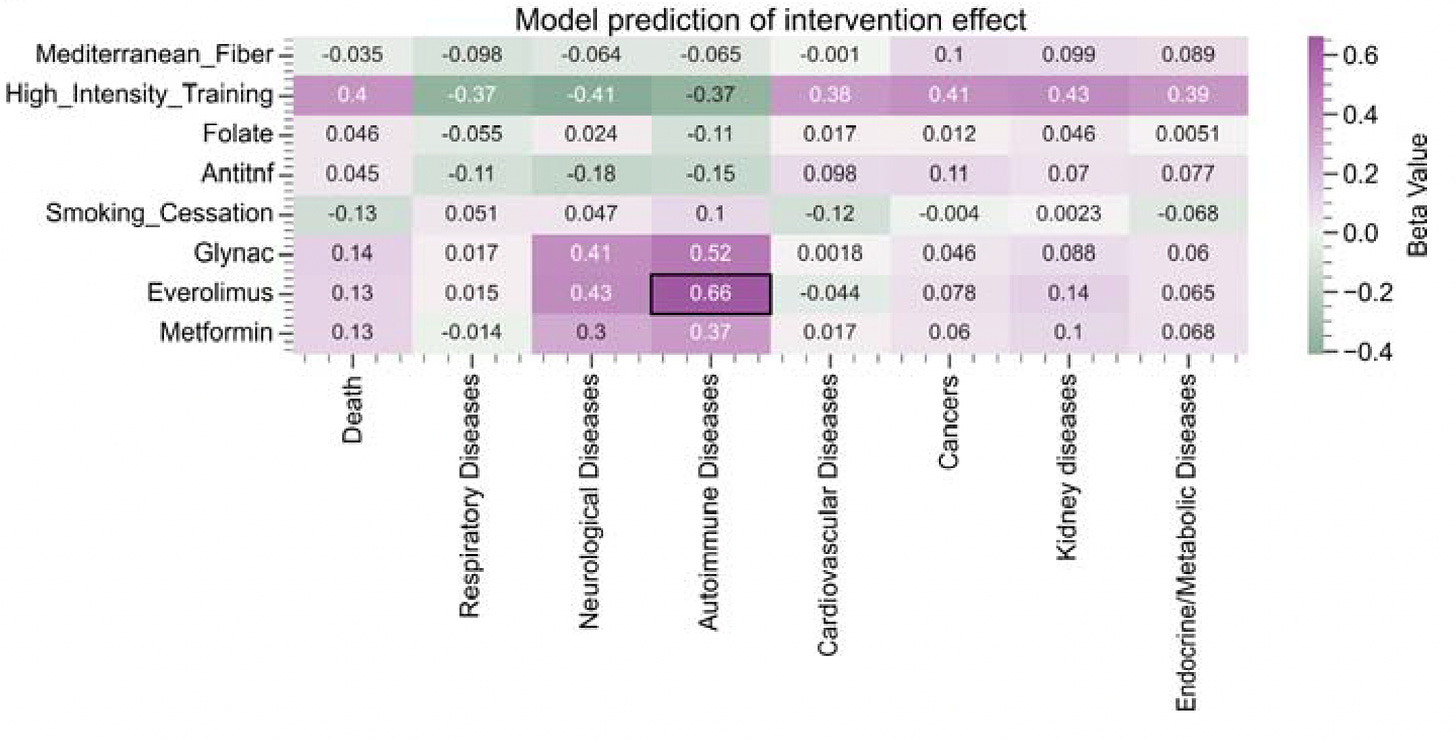From Breakthrough to Blockbuster: The Business of Biotechnology
Vaig explicar la rellevància d'aquest llibre fa temps. Ara en presento un resum amb IA:
El llibre, publicat per Oxford University Press el 2022, se centra en la indústria de la biotecnologia, especialment en les milers de petites empreses que desenvolupen nous medicaments. El seu objectiu és ser un recurs per a diversos professionals i interessats en com es creen nous fàrmacs, per què és car, i com les petites empreses competeixen en aquesta indústria. Els autors destaquen com les petites empreses han creat més medicaments innovadors que les grans farmacèutiques per menys diners.
El llibre s'estructura en vuit capítols i dos apèndixs:
-
Following the Map of the Genome (Seguint el Mapa del Genoma):
- Aquest capítol tracta sobre la genòmica i la identificació de gens.
- Es menciona que, a mitjans dels anys 80, seqüenciar el primer gen podia trigar un any per a una persona, utilitzant la tecnologia de l'època. Només vint-i-cinc anys després, aquesta tasca es podia fer en hores o fins i tot minuts.
- S'utilitza l'analogia d'una guia telefònica per explicar la informació genòmica: les pàgines blanques llisten noms alfabèticament (com la seqüència d'un gen), però per al desenvolupament de medicaments, es necessiten les pàgines grogues, que descriuen la funció biològica o la "feina" del gen en el cos. Trobar un gen relacionat amb una malaltia és com buscar un oncòleg a les pàgines blanques; calen les pàgines grogues per saber la seva funció.
- Tot i els avenços en la cartografia del genoma, no hi ha una línia recta del descobriment d'un gen relacionat amb una malaltia a un nou tractament mèdic.
- Es mencionen tecnologies relacionades i noms com Craig Venter i Celera.
-
The Molecules (Les Molècules):
- Aquest capítol aborda les diverses disciplines científiques que han donat lloc a la indústria biotecnològica.
- Es distingeixen els "small molecules" (molècules petites), que han estat l'especialitat de les grans farmacèutiques durant més d'un segle, de les molècules biològiques més grans i complexes com les proteïnes recombinants, els anticossos monoclonals i altres biològics.
- Es fa referència a substàncies biològicament actives que afecten el sistema immunològic, anomenades factors immunològics.
- Es mencionen tecnologies com els anticossos humans obtinguts a partir de ratolins transgènics.
-
The Costly Drug Development Process (El Costós Procés de Desenvolupament de Medicaments):
- El llibre descriu el procés de desenvolupament de medicaments com una "llarga travessia des del laboratori fins a l'armari de medicaments del pacient".
- Aquest procés és tan complex que requeriria diversos volums per descriure'l detalladament. La descripció del llibre és un breu panorama.
- Les etapes del desenvolupament, basades en la informació de la FDA, inclouen fites com la presentació d'una Sol·licitud de Nou Medicament en Investigació (IND) o l'inici de la Fase III dels assajos clínics. Aquests termes són un vocabulari comú utilitzat per inversors, socis potencials i altres per avaluar l'estat d'una empresa biotecnològica i la seva proximitat a tenir un producte aprovat per la FDA.
- Els estudis més extensos sobre el cost mitjà del desenvolupament d'un nou medicament provenen del Tufts Center for the Study of Drug Development, basats en dades confidencials i simulacions.
-
The Companies (Les Empreses):
- El llibre explora el vast univers de les empreses biotecnològiques, moltes d'elles petites i centrades en pocs productes o tecnologies.
- Es descriu el procés d'una Oferta Pública Inicial (IPO) per a una empresa biotecnològica, que implica estats financers auditats, una junta directiva sòlida, un equip directiu creïble, un pla de negoci atractiu i banquers d'inversió. La presentació inicial als inversors ha de ser "clara i convincent", incloure un "ganxo" per ajudar a recordar l'empresa i posar l'accent en els temes financers, ja que el desenvolupament de medicaments és molt car i cal finançament d'inversors que busquen un retorn.
- Es detalla la competència entre bancs d'inversió ("beauty contest") i com manipulen les "league tables" per aparèixer com els número u.
- Es menciona el paper de les universitats i la transferència de tecnologia, destacant la Llei Bayh–Dole de 1980 als EUA i les activitats de llicències, referenciant dades d'AUTM (Association of University Technology Managers). Es parla de la creació de "spinouts" universitaris.
- Es toquen altres temes com les "virtual biotechs" i el concepte de "shots on goal" (tirs a porta), una analogia per a la recerca.
-
Biotech–Pharma Alliances (Aliances Biotecnologia–Farmacèutiques):
- Les aliances estratègiques entre les petites empreses biotecnològiques i les grans empreses farmacèutiques són un aspecte fonamental.
- Aquestes aliances sovint es valoren basant-se en l'anàlisi de "comparables", termes de transaccions similars passades. Els valors públics en els anuncis de premsa sovint es basen en pagaments fixos potencials totals ("Biobucks").
- Els termes principals d'un acord típic inclouen: un pagament inicial ("upfront"), inversió en capital (equity), finançament de recerca compromès, pagaments per fites (milestones) basats en l'assoliment d'objectius de R+D (inici de fases clíniques, presentacions reguladores, fites post-comercialització), i pagaments per royalties (percentatge de vendes) o participació en els beneficis.
- Es discuteix la importància de l'assignació de drets de control (qui pren les decisions clau) en l'acord, especialment en entorns incerts. L'asimetria d'informació és un factor en les negociacions.
- Les necessitats financeres de les empreses biotecnològiques sovint les impulsen a buscar aquestes aliances.
-
The Biotech Entrepreneur (L'Emprenedor Biotecnològic):
- Aquest capítol explora les característiques i els reptes de l'emprenedoria en biotecnologia.
- Es menciona que molts CEOs de biotecnologia són "rookie" (novells) en el càrrec.
- Hi ha un nombre sorprenentment alt de fundadors amb doctorat en la indústria biotecnològica [52, 52n.9].
- Es destaca la importància primordial dels temes financers per als emprenedors, ja que obtenir el finançament necessari d'inversors que busquen un retorn és l'única manera de portar solucions científiques als pacients. Les presentacions als inversors han de mostrar com l'assoliment dels objectius de l'empresa ajudarà els inversors a assolir els seus.
- Es menciona la necessitat dels professionals en petites biotechs d'aprendre ràpidament coses noves complexes, ja que sovint són contractats per tasques molt específiques.
-
The Biotech Industry Track Record (El Registre de la Indústria Biotecnològica):
- Aquest capítol avalua el rendiment de la indústria biotecnològica.
- Es presenta un estudi que suggereix que la indústria biotecnològica ha creat més medicaments nous amb revisió prioritària i estàndard per la FDA que les grans empreses farmacèutiques. L'anàlisi dels costos per producte suggereix que la biotecnologia pot ser més eficient en costos en la creació d'aquests medicaments. No obstant això, es nota que les xifres absolutes de costos poden variar significativament depenent de la metodologia (com els estudis de Tufts).
- Es discuteixen els processos de presa de decisions en R+D, contrastant el model altament centralitzat de les grans farmacèutiques amb enfocaments possiblement més descentralitzats en biotecnologia. S'inclouen dades d'entrevistes a executius del sector.
- Es mencionen informes sobre l'impacte econòmic de les inversions en biotecnologia, com estudis realitzats per a l'estat de Nova Jersey i l'anàlisi de la Proposició 71 a Califòrnia.
- Es fa referència al paper d'organismes com NICE al Regne Unit en l'avaluació del valor dels tractaments mèdics.
-
The Future of the Biotech Industry (El Futur de la Indústria Biotecnològica):
- Tot i que el capítol porta aquest títol, els fragments proporcionats no contenen informació específica dins d'aquest capítol sobre el futur de la indústria. Alguns temes relacionats amb el futur o la innovació recent es tracten als apèndixs.
Apèndixs:
-
Appendix 1: A COVID-19 Manhattan Project? (Un Projecte Manhattan per a la COVID-19?):
- Aquest apèndix, que es va generar durant la pandèmia de COVID-19, aborda la discussió sobre si s'hauria de crear un "czar" (governador o líder centralitzat) per dirigir la investigació de la COVID-19, de manera similar al Projecte Manhattan.
- Els autors, basant-se en la seva recerca, tendeixen a assenyalar en la direcció oposada a la d'un "czar" centralitzat. L'apèndix ofereix un resum concís dels temes clau sobre la recerca en innovació discutits al llarg del llibre.
-
Appendix 2: Renovation as Innovation—Is Repurposing the Future of Drug Discovery Research? (Renovació com a Innovació — És el Repropòsit el Futur de la Recerca de Descobriment de Medicaments?):
- Aquest apèndix examina el concepte de "repurposing" o "repositioning" de medicaments (trobar nous usos per a fàrmacs ja existents o abandonats). Es planteja la idea que podria ser una "mina d'or".
- Es menciona l'exemple de Viagra, que originalment estava en desenvolupament per a la hipertensió però va tenir un ús mèdic diferent.
- Es va analitzar la tesi que els medicaments reproposats podrien desenvolupar-se més ràpid i amb taxes d'èxit més altes.
- Un estudi realitzat per dos dels autors amb un col·lega analitzant dades existents sobre les taxes d'èxit del repropòsit. Els resultats suggereixen que pot haver-hi resultats positius, però les taxes d'èxit probablement no oferiran una millora significativa respecte als esforços actuals de desenvolupament de fàrmacs nous. Es presenten dades sobre taxes d'èxit per a repropòsit dins la mateixa àrea terapèutica o una diferent.
En resum, el llibre analitza el complex món empresarial de la biotecnologia, posant el focus en la ciència, el cost, el finançament, les aliances i el paper de les petites empreses innovadores, complementat amb reflexions sobre models d'innovació de medicaments.












